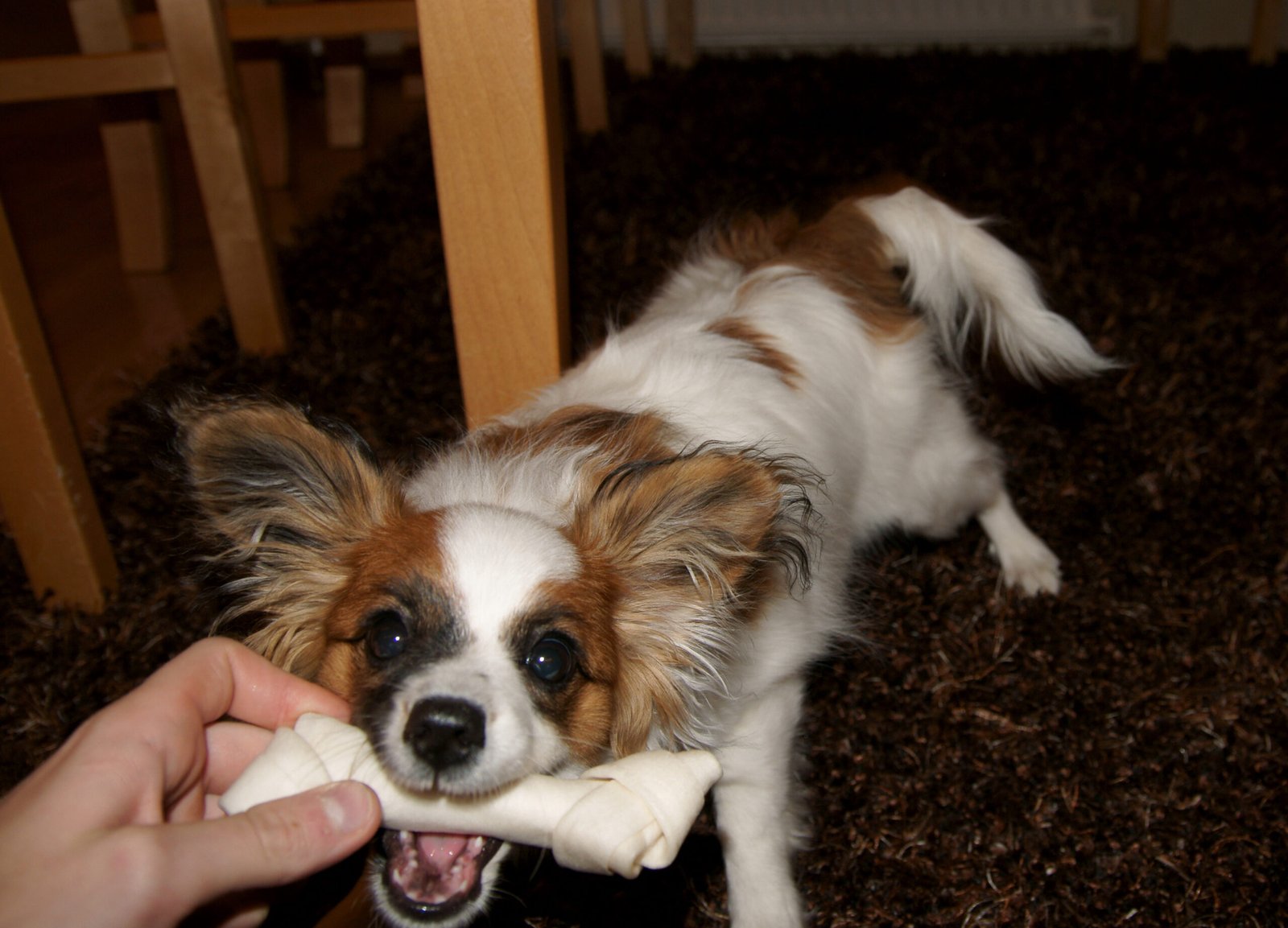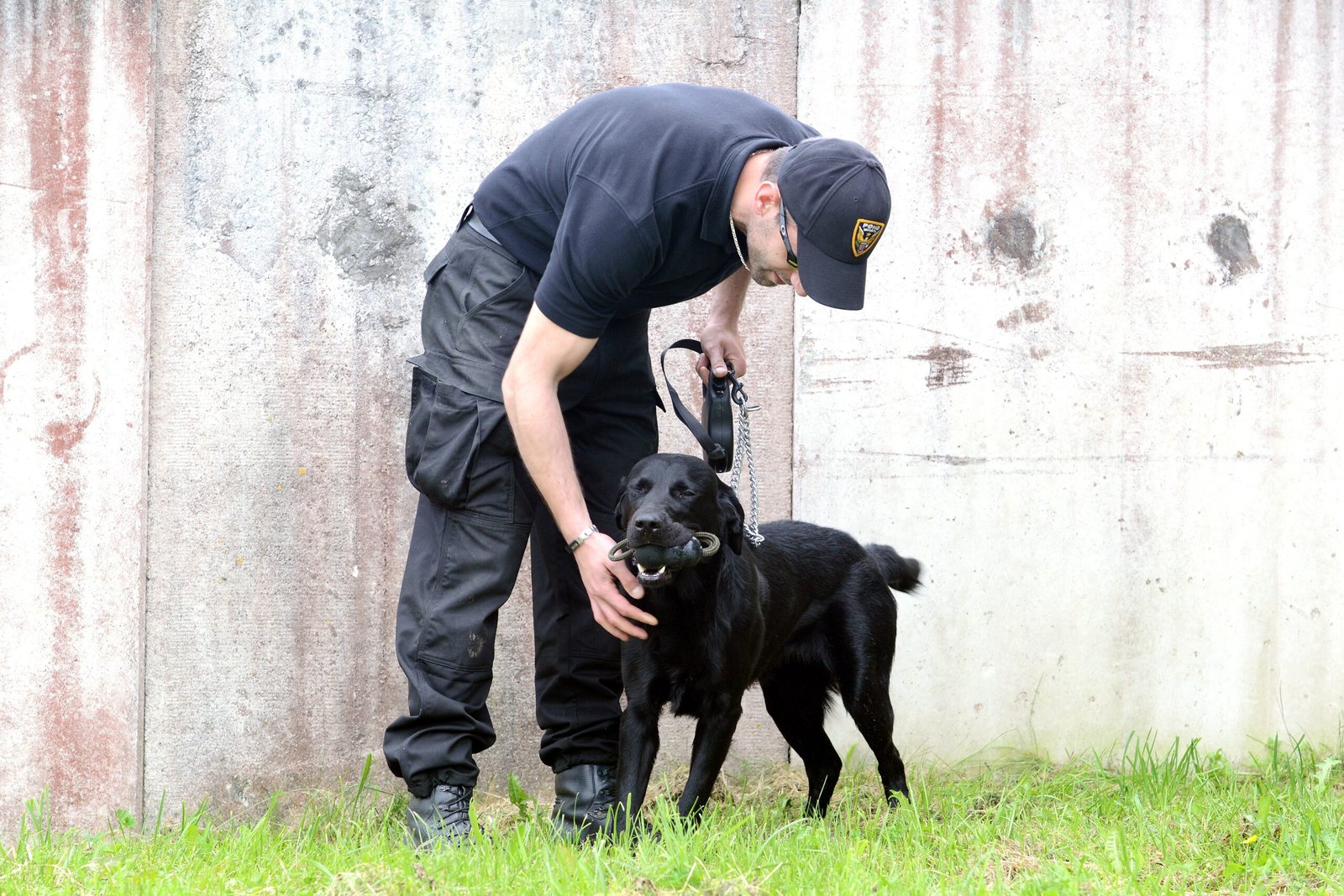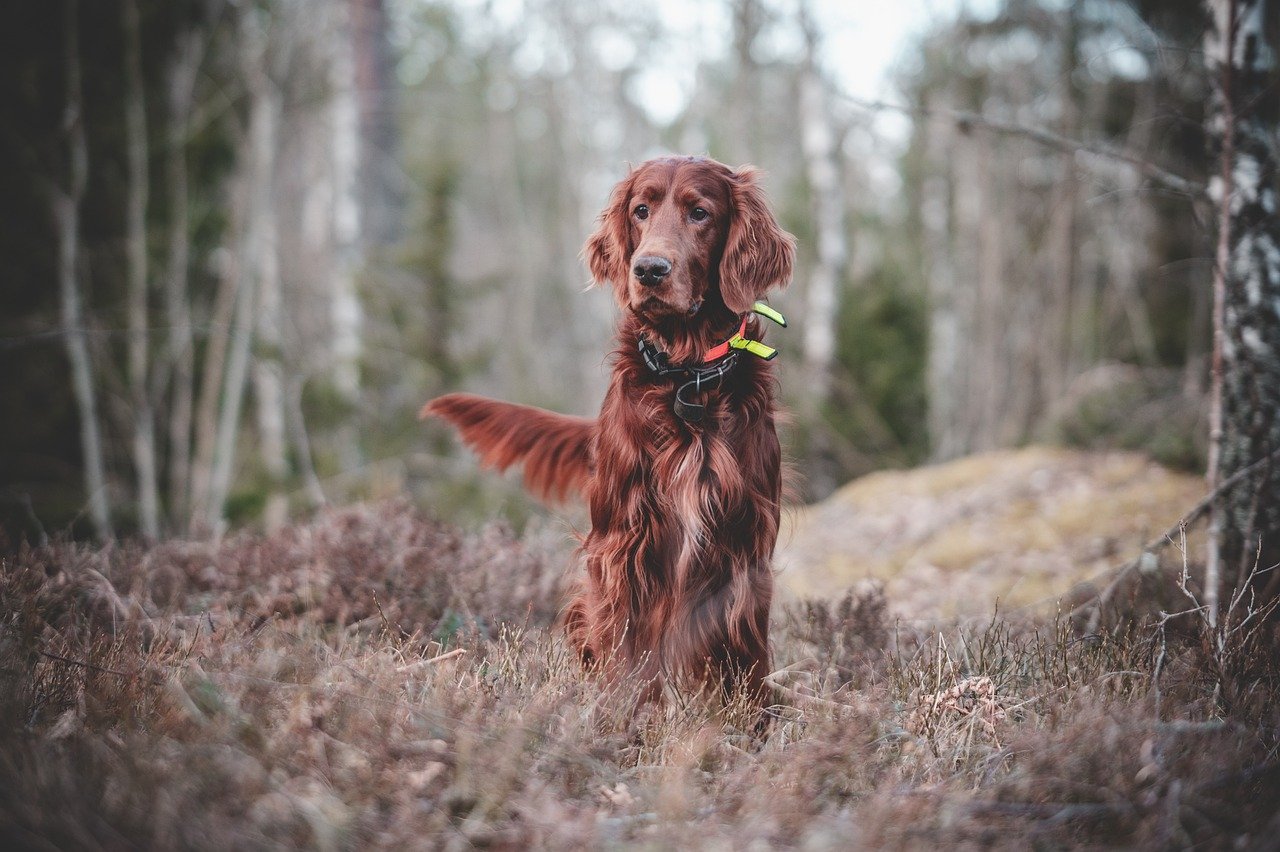Understanding bite control in dogs is a topic that resonates with dog owners, trainers, and enthusiasts alike. Dogs, with their playful nips and sometimes unwanted bites, can create both joyous and challenging moments for their human companions. As we delve into this intricate subject, we’ll explore how bite control develops in dogs and the effective ways to manage it using positive reinforcement. Whether you’re a seasoned dog owner or a new pet parent, mastering bite control can make a significant difference in your relationship with your canine friend.
The Natural Instinct of Biting in Dogs
Biting is as natural to dogs as wagging their tails. It’s an instinctive behavior that starts in puppyhood. Puppies often explore their surroundings with their mouths, much like human babies use their hands. This behavior allows them to understand their environment and socialize with their littermates. During play, a puppy might bite another too hard, and the bitten pup will yelp, teaching the biter about bite inhibition.
However, not all dogs learn bite inhibition naturally. Some may not have had enough socialization with their littermates, leading to a lack of understanding about the strength of their bite. It’s essential to remember that while biting is a natural behavior, it needs to be controlled to prevent unwanted incidents. Understanding this instinct is the first step in managing and redirecting it effectively.
The Importance of Early Socialization
Socialization plays a crucial role in teaching bite control. When puppies interact with other dogs, they learn essential social cues, including bite inhibition. This process usually occurs between three to fourteen weeks of age when puppies are most receptive to new experiences. During this time, they learn how to interact appropriately with other dogs and humans.
A well-socialized puppy is less likely to develop aggressive biting habits. Socialization helps them understand boundaries and the consequences of biting too hard. Exposing them to different environments, people, and other animals can enhance their social skills. If a puppy misses this critical period, it might be more challenging to teach them bite control later in life. Therefore, early socialization is vital for a well-behaved dog.
Recognizing Signs of Aggressive Biting

While playful biting is normal, recognizing signs of aggressive biting is crucial. Aggressive biting in dogs can manifest as growling, snarling, or snapping. It often occurs when a dog feels threatened, fearful, or stressed. Understanding these signs can help prevent potential bites and ensure the safety of both the dog and those around it.
Some dogs might exhibit aggressive biting due to past trauma or inadequate training. It’s essential to approach these situations with empathy and patience. Observing your dog’s body language and understanding their triggers can aid in managing aggressive behavior. Remember, a calm and composed approach will always yield better results than reacting with anger or frustration.
The Role of Positive Reinforcement in Training

Positive reinforcement is a powerful tool in training dogs and managing their biting behavior. It involves rewarding desired behaviors to encourage them to repeat those actions. For example, if a dog refrains from biting during play, rewarding them with treats or praise reinforces this behavior. This method is not only effective but also strengthens the bond between the dog and its owner.
Using positive reinforcement requires consistency and patience. It’s essential to reward the dog immediately after the desired behavior to create a strong association. Over time, the dog learns that good behavior leads to positive outcomes, encouraging them to continue behaving appropriately. Positive reinforcement is a humane and effective way to teach bite control without resorting to harsh methods.
Implementing Redirection Techniques
Redirection is another effective strategy in managing biting behavior. It involves diverting the dog’s attention from biting to a more appropriate activity. For instance, if a dog starts biting during play, offering them a chew toy can redirect their energy and satisfy their need to bite.
Consistency is key when implementing redirection techniques. Dogs thrive on routine, and consistent redirection helps them understand which behaviors are acceptable. Over time, they learn to associate their biting urges with appropriate outlets, reducing unwanted biting incidents. Redirection not only curbs biting but also provides mental stimulation for the dog, making it a win-win situation.
Understanding the Impact of Environment
A dog’s environment plays a significant role in their behavior, including biting. An overstimulating or stressful environment can lead to increased biting incidents. Factors such as loud noises, unfamiliar people, or chaotic settings can trigger anxiety in dogs, leading them to bite as a defense mechanism.
Creating a calm and secure environment can significantly reduce biting behavior. Providing a safe space where the dog feels comfortable and relaxed is crucial. This might mean setting up a quiet corner with their favorite toys and blankets. A stable environment helps the dog feel secure, reducing stress-related biting.
Teaching Bite Inhibition Through Play
Playtime is an excellent opportunity to teach bite inhibition. Engaging in interactive games like tug-of-war or fetch allows owners to monitor and manage their dog’s biting behavior. During these games, if the dog bites too hard, it’s essential to stop playing and give them time to calm down. This pause teaches them that biting too hard ends the fun.
Consistency in this approach helps dogs learn the limits of acceptable biting. Over time, they understand that gentle play continues, while aggressive biting results in a pause. This method not only teaches bite inhibition but also strengthens the bond between the dog and its owner through fun and interactive play.
The Benefits of Professional Training

Seeking professional help can be beneficial for dogs struggling with bite control. Professional trainers have the expertise and experience to address biting behavior effectively. They can provide tailored training programs that cater to the specific needs of the dog, ensuring a more personalized approach.
Professional training also equips owners with the necessary skills to manage their dog’s behavior. Trainers can offer insights into understanding the dog’s triggers and how to address them. Collaborating with a professional ensures a comprehensive approach to bite control, enhancing the overall training experience for both the dog and its owner.
Consistency: The Key to Successful Training

Consistency is crucial in any training regimen. Dogs thrive on routine, and consistent training helps reinforce desired behaviors. Whether it’s using positive reinforcement, redirection, or professional training, maintaining consistency ensures the dog understands and adheres to the established rules.
Inconsistent training can confuse the dog, leading to mixed signals and unpredictable behavior. It’s essential to stick to the chosen training methods and apply them consistently. Over time, the dog learns what is expected of them, resulting in a well-behaved and obedient companion.
Patience and Understanding: Essential Qualities for Dog Owners
Training a dog requires patience and understanding. Dogs, like humans, have unique personalities and learning paces. Some might grasp bite control quickly, while others take longer. It’s essential to approach training with empathy and patience, allowing the dog the time they need to learn.
Understanding the dog’s perspective can make training more effective. Recognizing their fears, anxieties, and motivations helps tailor the training approach to their needs. A compassionate and patient approach fosters a strong bond between the dog and its owner, making the training experience enjoyable and rewarding for both parties.
Conclusion
Bite control in dogs is a vital aspect of their training and overall behavior management. By understanding the natural instincts of dogs, recognizing signs of aggressive biting, and implementing positive reinforcement techniques, dog owners can effectively manage and control their pet’s biting behavior. A calm environment, consistent training, and professional guidance further enhance the training process, ensuring a well-behaved and happy canine companion. With patience, understanding, and dedication, dog lovers can foster a harmonious relationship with their furry friends, creating a safe and enjoyable environment for all.
Jen is a passionate nature lover and ocean conservationist. She has dedicated her life to protecting the environment and preserving the beauty of the natural world. Growing up in a small coastal town, Jen sincerely appreciated the ocean and its inhabitants. She has spent countless hours exploring the shoreline, learning about the creatures that inhabit the waters, and advocating for their protection. Jen is an active member of ocean conservation organizations, and she is committed to educating the public about the importance of conserving wildlife and the natural environment.





